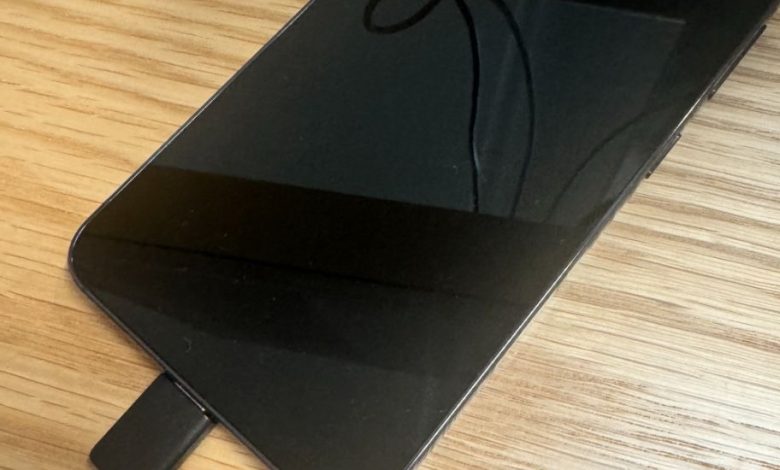Never leave your charger plugged into the socket without your phone attached! My electrician warned me about this, and I wish I did this sooner!

In today’s world, convenience often takes priority. Leaving your phone charger plugged in when it’s not in use may seem like a small matter—after all, it’s easier to simply grab the cord and charge your device whenever needed.
However, a recent conversation with my electrician made me rethink this habit. He shared some crucial insights about the dangers of leaving chargers plugged in, even when they’re not connected to any device, and I wish I had known this sooner!
Here’s why it’s essential to unplug your charger when it’s not in use:
1. Fire Hazard: Small Device, Big Risk
One of the biggest dangers is that a charger left plugged in can become a fire hazard. Even if no device is connected, the charger still draws a small amount of current. If there’s a power surge or if the charger is faulty, it can overheat and potentially start a fire.
My electrician emphasized this by sharing real-life stories of homes that had experienced electrical fires caused by chargers left plugged in. Cheaper, unbranded chargers pose an even greater risk as they often lack safety features to prevent overheating.
How It Happens:
- Overheating: Even when not in use, plugged-in chargers generate heat. Over time, especially in poorly ventilated spaces, this heat can build up, causing components to burn out or melt.
- Electrical Short Circuits: Damaged chargers or wires can cause short circuits, leading to sparks and fires.
To reduce these risks, always unplug your charger when not in use and invest in high-quality, certified chargers.
2. Energy Waste: The Silent Drain
Did you know that leaving your charger plugged in consumes energy even when it’s not charging a device? This “phantom load” might seem insignificant, but over time, it can add to your electricity bill.
While one charger may use minimal power, multiply that by all the devices and appliances left plugged in around your home, and it becomes a noticeable increase in your energy consumption.
Environmental Impact:
Though each charger uses only a small amount of power, millions of people doing the same thing contribute to significant energy waste. Experts say this phantom load accounts for 5-10% of household electricity use. Unplugging devices when not in use can make a meaningful environmental difference as we strive for more sustainable living.
3. Charger Longevity: Protect Your Investment
Leaving your charger plugged in continuously can shorten its lifespan. Even without a device attached, small electrical currents flow through the charger, generating heat and wearing down internal components. This can cause your charger to fail faster, leading to more frequent replacements.
Signs of Wear:
- Warm Charger: If your charger feels warm or hot without a device connected, it’s a sign of stress and potential danger.
- Frayed Cables: Cables can wear out at connection points, causing them to fray or expose wiring, which is both a safety risk and a sure way to damage the charger.
4. Protect Your Electronics from Surges
Power surges can happen at any time, especially during storms. If a charger is plugged in during a surge, it could be damaged, even if it’s not connected to a device. Worse, a damaged charger might harm your electronics the next time you use it.
Surges can overload the delicate components inside your charger, causing it to deliver unstable voltage to your device, which could lead to damage.
Surge Protection:
While some chargers include built-in surge protection, it’s not a guarantee. Using a power strip with surge protection adds an extra layer of safety. However, the best protection is simply unplugging the charger when it’s not in use.
5. A Simple Habit That Saves Hassle
Initially, I thought my electrician was being overly cautious, but after learning more and hearing his real-life examples, I realized how simple it is to avoid these risks. Unplugging your charger can prevent fires, save energy, and extend the life of your chargers and devices. It’s an easy habit to develop and well worth the small effort.
Tips for Building the Habit:
- Set Reminders: If you tend to forget, set a phone reminder or place a note near your frequently used outlets.
- Use Power Strips: Power strips with individual switches let you turn off multiple chargers at once, without needing to unplug each one.
- Create Charging Zones: Set up designated areas in your home where chargers are only plugged in while actively charging devices. This minimizes the risk of forgetting chargers in random rooms.
By adopting this simple habit, you’ll not only protect your home and devices but also reduce energy waste and extend the life of your chargers.